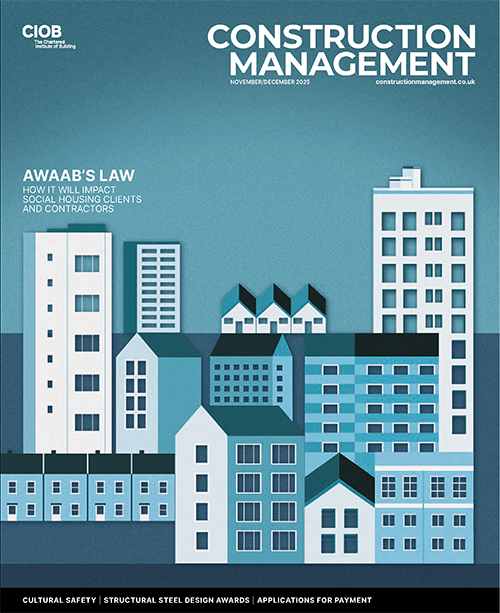
Millions of tests performed in the UK over the last few decades to measure the energy efficiency of homes could have been returning wrong EPC grades, a paper by Leeds Beckett University researchers suggests.
Airtightness ‘blower door’ tests, also known as fan pressurisation tests, are used to diagnose the airtightness or leakiness of a building’s enclosure. They help determine how energy efficient homes are and what EPC grade a home receives, as well as ensuring it has sufficient ventilation to prevent damp and mould.
The Leeds Beckett study, published in the peer-reviewed Buildings and Cities journal, identified that blower door tests could overestimate air leakage by around 20% in semi-detached and terraced homes, because air is being forced into neighbouring homes, which the test doesn’t account for.
Professor David Glew, director of the Leeds Sustainability Institute at Leeds Beckett University, said: “The blower door test is a fantastic tool to check how buildings perform, and we hope our research can help improve the test.
“The inter-dwelling air exchange we have observed could be quite a serious issue for semi-detached and terraced homes, which may be being penalised as being too draughty, when in reality they are not, and so could be erroneously given a worse-rated EPC.”
“Also, because the test says these homes are getting more fresh air than they are in reality, there is a risk that they are being assessed as not needing any additional mechanical ventilation, and so they could end up being underventilated, which might be causing damp and mould issues.”
Standards might need revision
Hundreds of thousands of blower door tests take place every year. Although most are carried out to ensure that new homes comply with building regulations, they are increasingly being used to measure air leakage in older homes before and after retrofit work.
The researchers said that this study could have implications for millions of tests conducted over the past few decades in the UK, as well as those undertaken in other countries.
Glew added: “Our findings raise question marks around current airtightness testing protocols, which is especially problematic as there is so much emphasis on ventilation, energy efficiency and mould now.
“The standards might need to be revised or adapted to account for this new finding, but we need to understand more about it by doing further tests in more homes. It may be that this affects some house construction types more than others, and we haven’t even started looking at how this affects flats.”
Comments
Comments are closed.












This sounds like someone either reporting or researching , doesn’t fundamentally understand how ventilation is designed and regulated in part F , which defines ventilation based on floor area and occupancy , and points towards use of mechanical systems at leakage values below 5m3/h/m2 , and also the premise that semi detached building SHOULD be air sealed from each other . And should be tested individually , but could also be tested “as one enclosure “ together to assess separation between the dwellings . This approach is often used as an either/or choice whereas for a rigorous assessment it should be done both ways . Worse though are the occasions when developers cut deliberate holes between dwellings , test the whole block only , then repair the holes . So many glaring error opportunities , so little time to shave a quid off the cost . . I’ve yet to meet a developer interested in anything other than bottom line and providing the minimum standards they can get away with . Like buying tyres ready worn to minimum tread depth It’s a cultural mindset that frankly the entire industry should be ashamed of .